Unicode bugs are what Lock screen exploits used to be in the past—no matter what Apple does, there's seemingly always a new text handling issue lurking around the corner.
Another Unicode text bomb hits Messages app
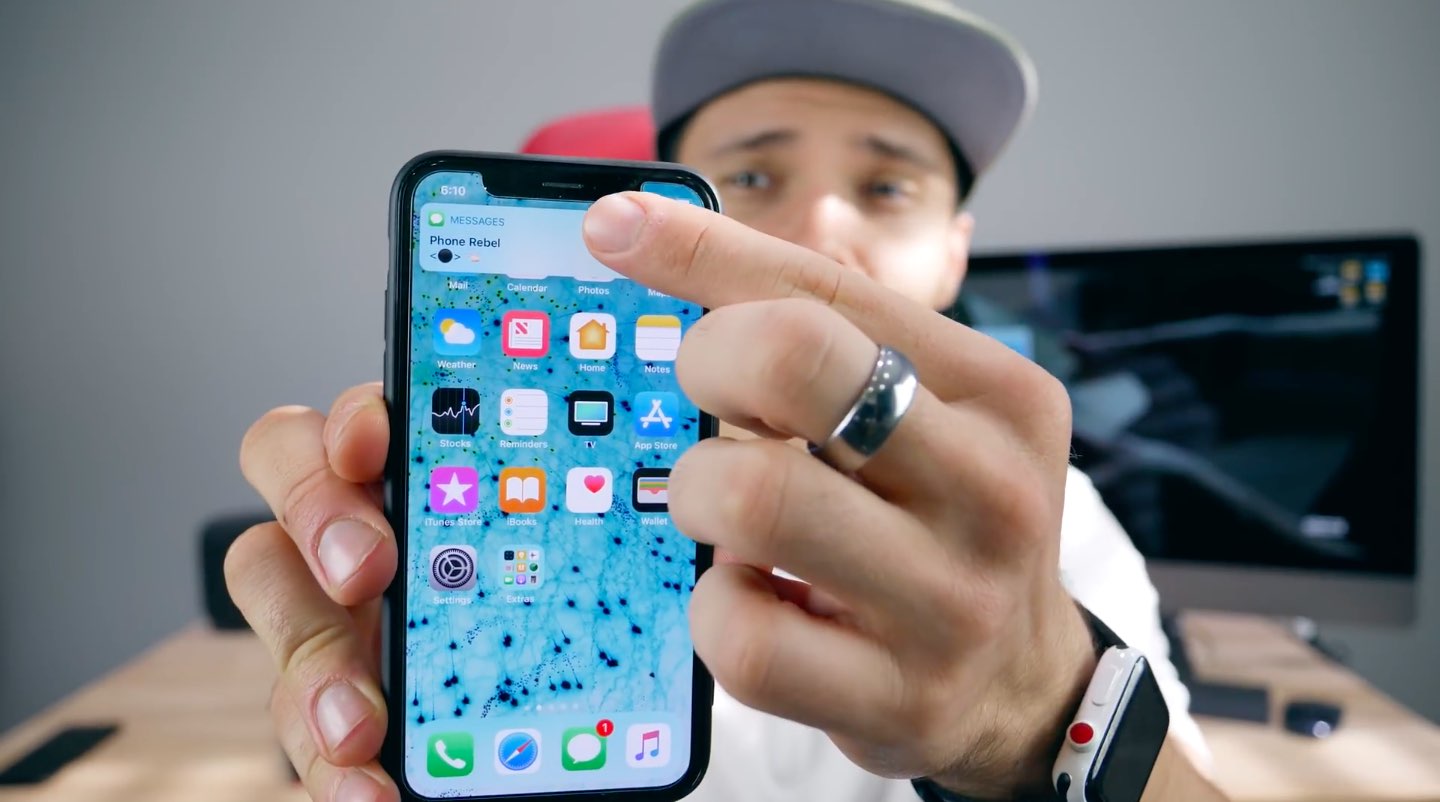

Unicode bugs are what Lock screen exploits used to be in the past—no matter what Apple does, there's seemingly always a new text handling issue lurking around the corner.
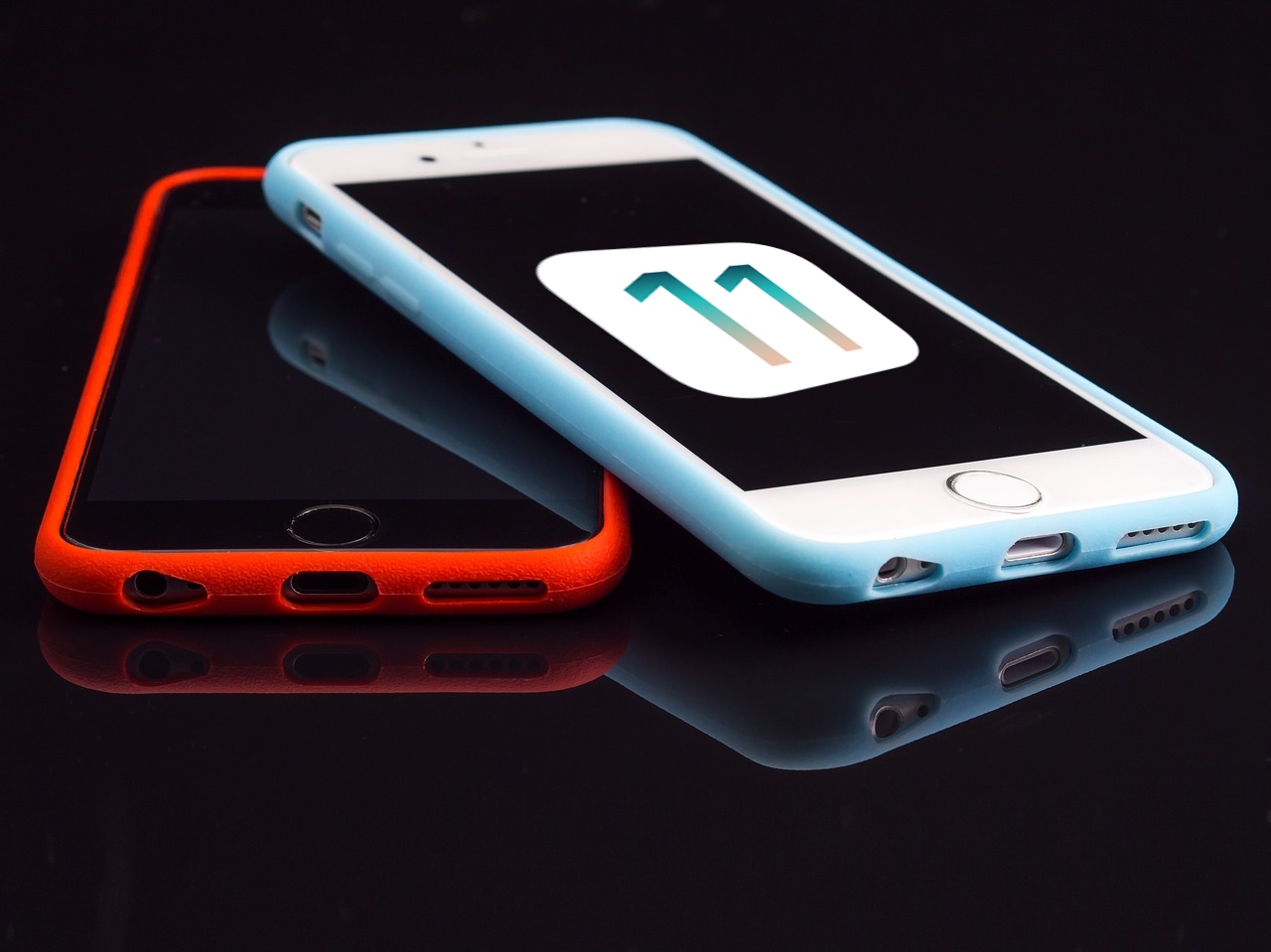
Apple has stopped signing iOS 11.3 on Wednesday, a move that prevents iPhone and iPad users from downgrading or restoring to this particular version of iOS through iTunes.
The Cupertino-based company regularly stops signing older iOS versions just a couple of weeks after releasing a new software update. Given how Apple just released iOS 11.3.1 a little more than a week ago, this news shouldn’t come as much of a surprise.

The aftermarket repair community is reporting that the iOS 11.3 software update renders touch functionality inoperable for iPhone 8 and iPhone 8 Plus with a non-genuine display.

Some iPhone and iPad apps are only available from foreign App Stores.

On Thursday, March 29, 2018, Apple released the iOS 11.3 software update for iPhone, iPad and iPod touch with battery health assessment in Settings, the ability to disable Apple's controversial CPU throttling at will and other new features.
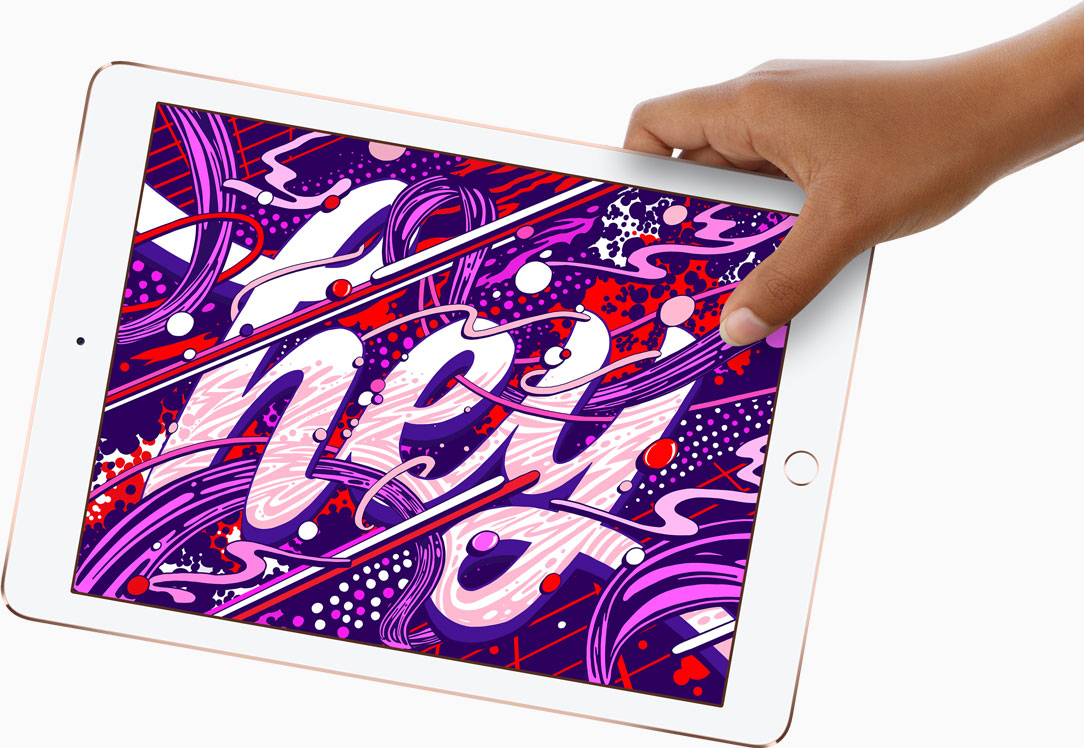
Today's release of the iOS 11.3 software didn't just bring battery health assessment and the ability to disable performance throttling on iPhone, but also a new charge management feature.
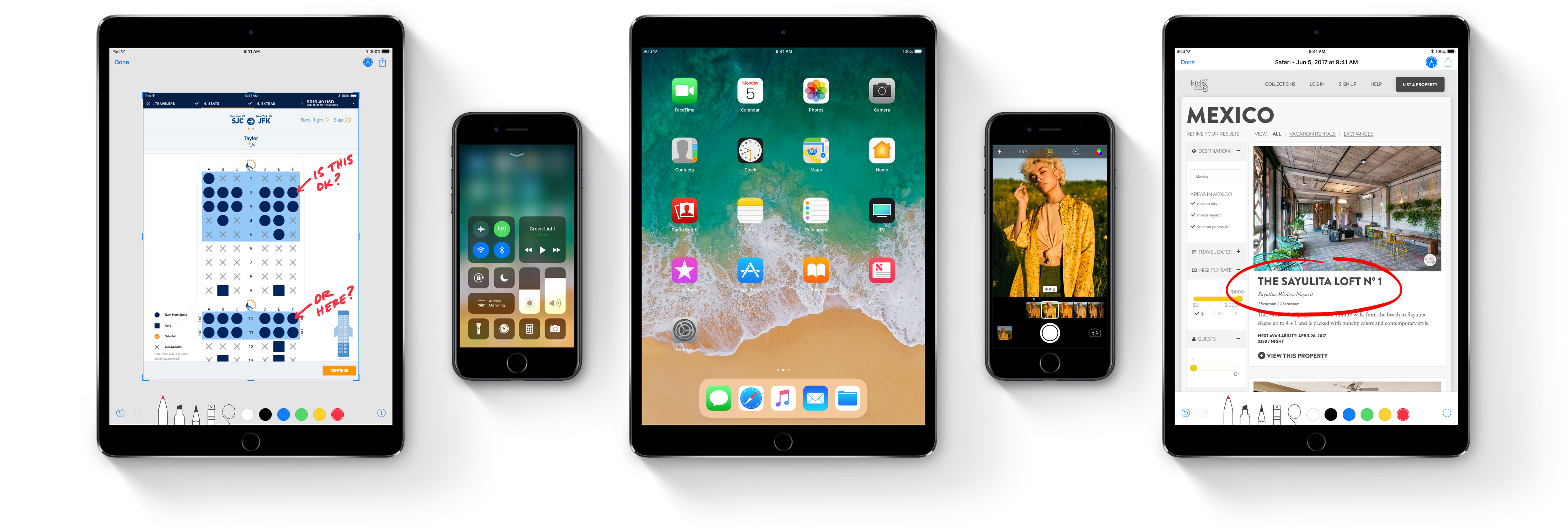
Less than a day following the release of iOS 11.3 solely for the new iPad, Apple on Thursday released the software update for other compatible iPhone, iPad and iPod touch devices.
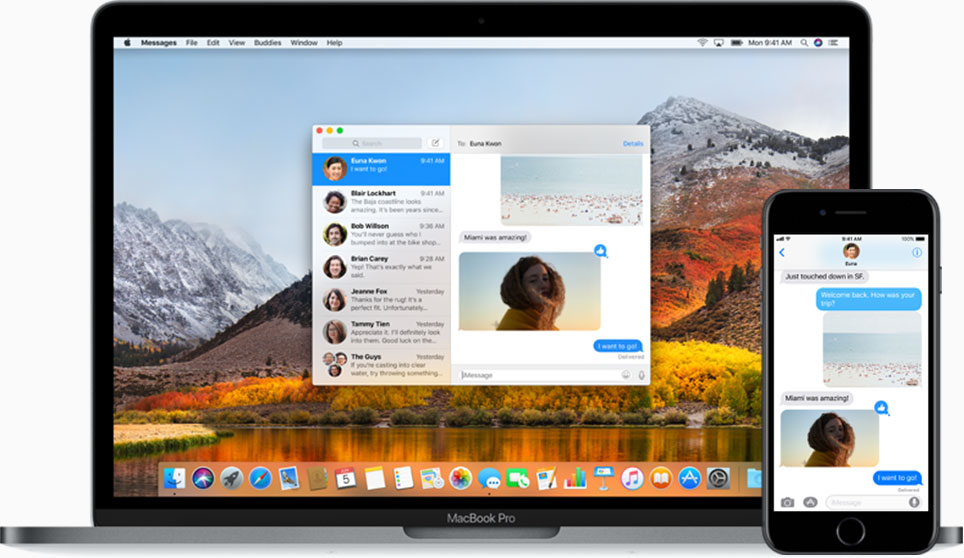
iOS 11.3 will likely release without support for the Messages in Cloud feature and AirPlay 2.
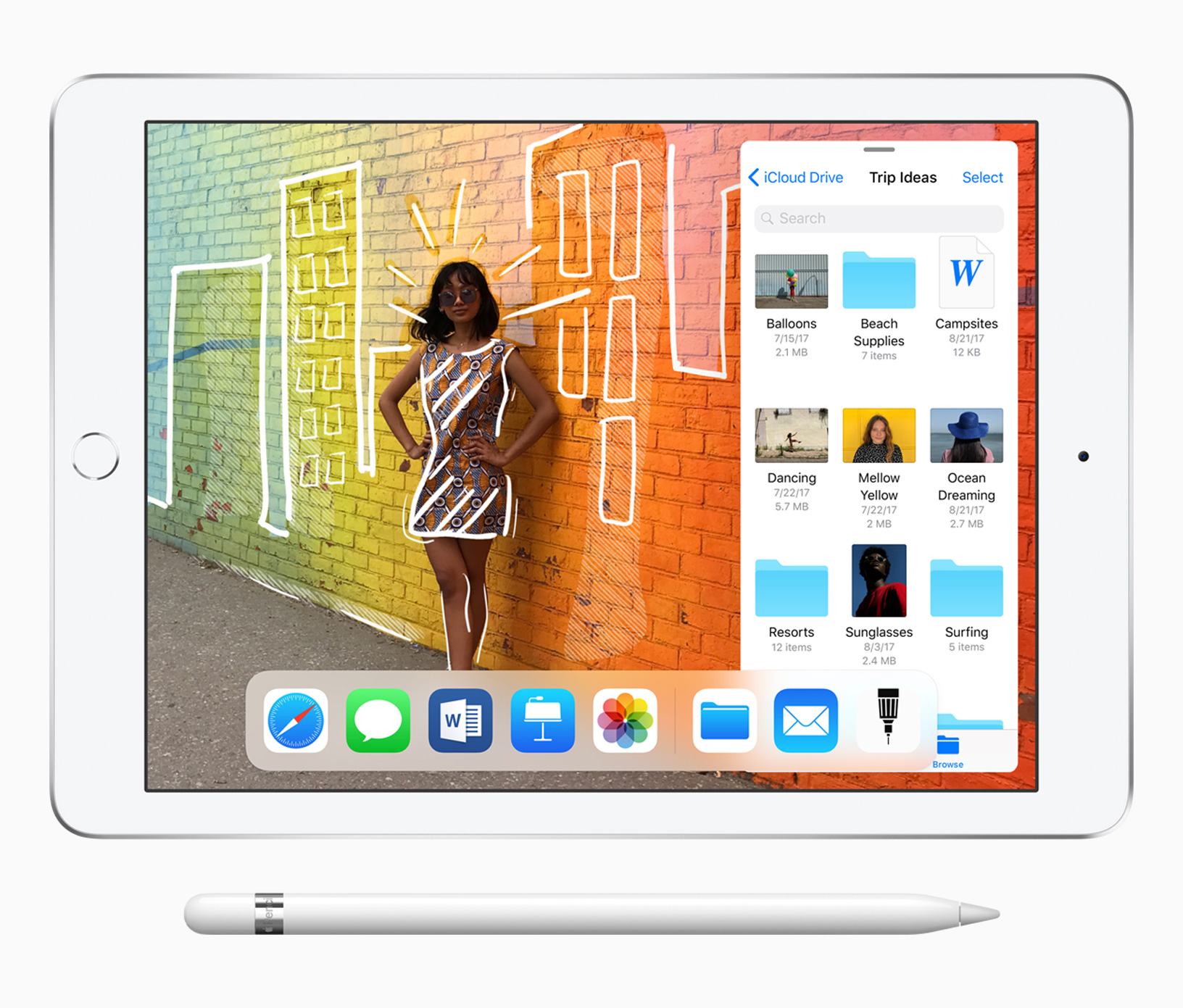
First shipments of the refreshed $329 9.7-inch iPad model which went on sale following yesterday's education event won't arrive until later this week, but that didn't stop Apple from releasing the iOS 11.3 software update solely for the new device.
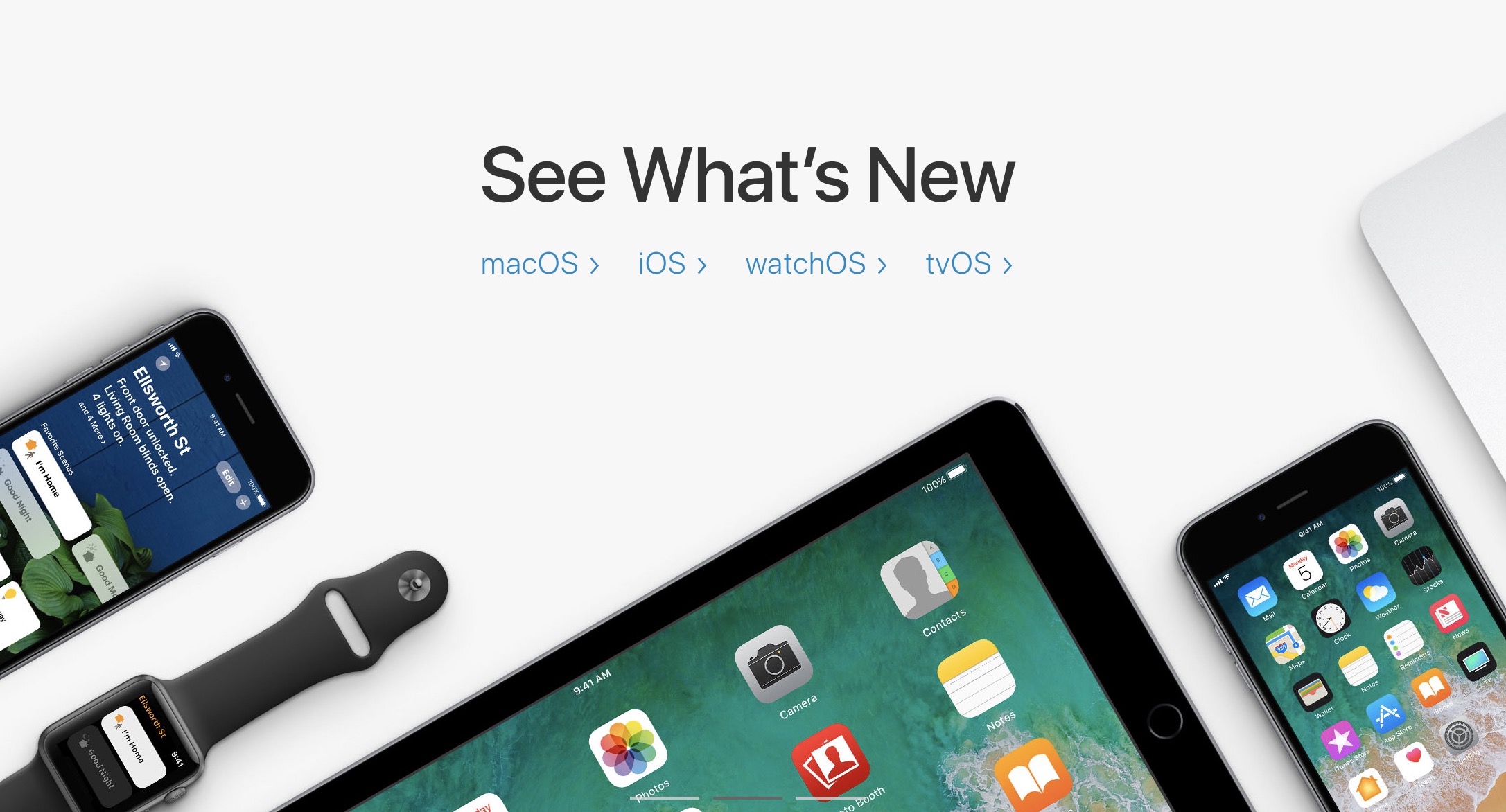
Apple on Friday made the sixth beta of the upcoming iOS 11.3 update available to developers. Registered developers can install the new beta from Apple's developer center, or by using the OTA update mechanism.

Apple on Monday made the fifth betas of iOS 11.3, tvOS 11.3 and macOS High Sierra 10.13.4 available to developers. Registered developers can install the new betas from Apple's developer center, or by using each platform's OTA updating mechanism.
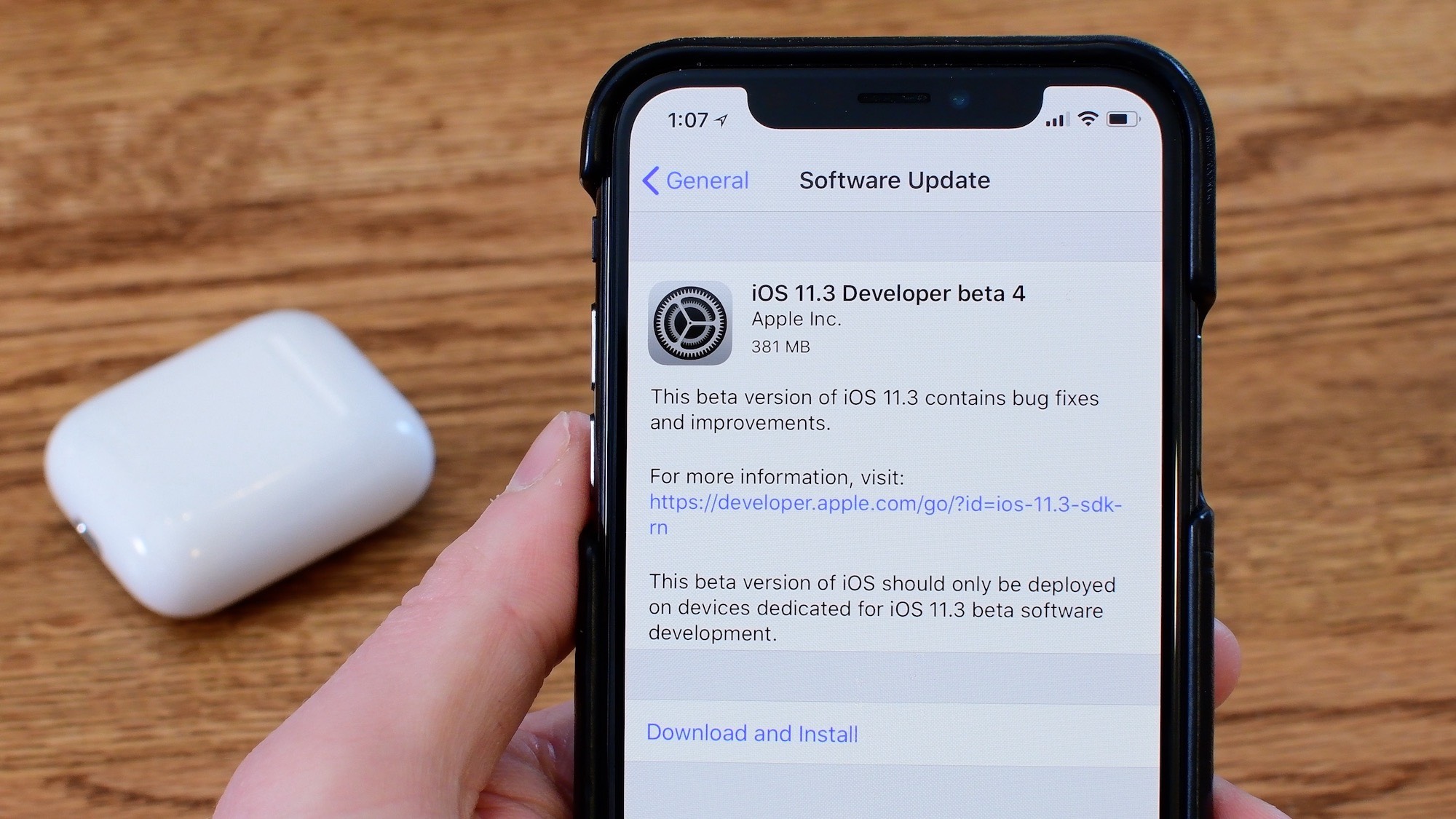
Beta 4 of iOS 11.3 was released today, and with it, a smattering of tweaks as we get closer to release. Check out our hands-on video to see what has changed.